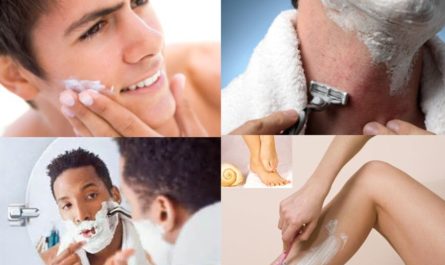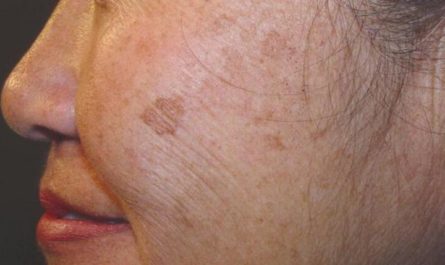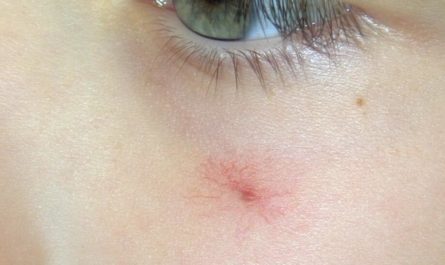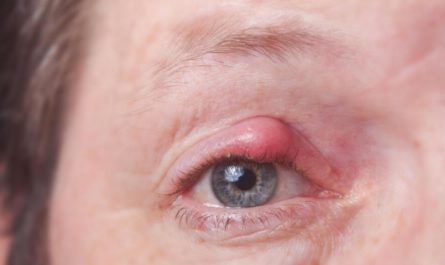White spots on skin can be quite alarming and often raise concerns among people who experience them. These spots can appear on any body part and range in size from small to large. While they may not be harmful, they can cause cosmetic concerns for some individuals.
Fortunately, you can treat your white spots at home with proper guidance. Depending on the cause, white spots on the skin can be treated with topical medications or dietary changes. This article will discuss 14 common causes and treatments for white spots on the skin.
What are White Spots on Skin?
White spots on the skin, also known as hypopigmentation, is a common condition that can be caused by various factors. It is characterized by patches of skin that are lighter in color than the surrounding skin.
These spots may be completely white or have a yellowish or bluish hue. The size and shape of the spots can vary, and they can appear anywhere on the body.
In some cases, white spots may also be accompanied by other symptoms, such as changes in skin texture, discoloration, or redness.
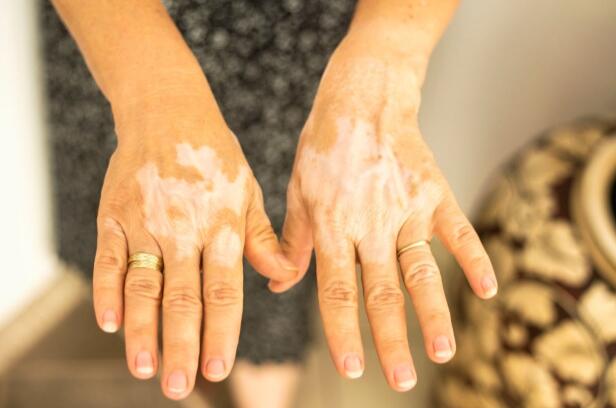
14 Common Causes of White Spots on Skin with Treatment
1. Vitiligo
Vitiligo is a skin condition where white patches form on the skin due to the lack of melanin. It affects 1-2% of the population worldwide and can appear on any body part. The exact cause of this condition is not known. However, it is believed to be an autoimmune disorder.
The body’s immune system mistakenly attacks the melanocytes, the cells that produce melanin. This results in the depigmentation of the skin, causing the formation of white spots or patches. The condition can affect people of any age, gender, or skin color and worsen or improve over time. Other factors contributing to the condition include genetics, sunburn, and emotional stress.
Vitiligo can cause the skin to lose its natural color, resulting in pale or white patches on the face, arms, legs, or other body areas. It is not contagious and is not caused by any other medical condition.
There is no cure for vitiligo, but treatments can help slow its progress and improve the appearance of the affected skin. Treatment options include topical creams, light therapy, and medications. There is no cure for vitiligo, but many treatments can help reduce the appearance of white spots and improve skin color.
2. Tinea Versicolor (pityriasis Versicolor)
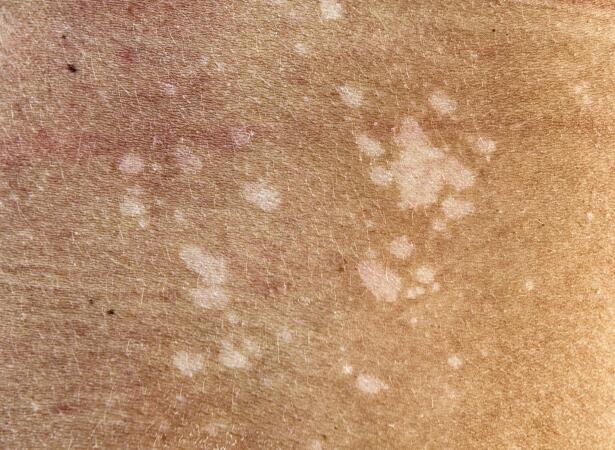
Tinea versicolor is a fungal infection of the skin. It causes white discoloration of the skin in patches or spots on the chest, back, arms, and neck. The spots can be lighter or darker in color than the surrounding skin. It is not contagious and does not cause any physical discomfort.
The cause of tinea versicolor is an overgrowth of yeast on the skin’s surface. This yeast is normally present on the skin but can grow excessively in warm, humid environments. Sweating and using skin care products can increase the risk of developing tinea versicolor.
Treatment usually involves using antifungal medications like creams, lotions, or shampoos. These medications can help reduce the overgrowth of yeast and prevent recurrences.
3. Eczema (Atopic dermatitis)
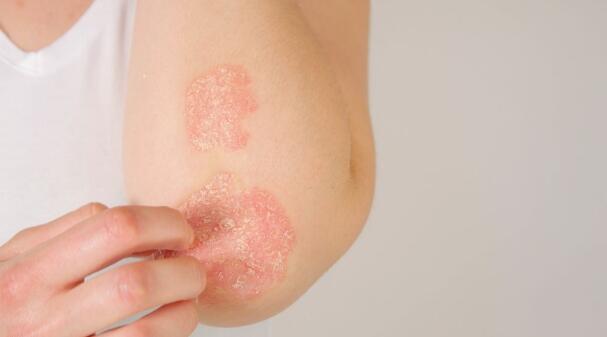
Eczema is a skin condition that causes white spots on the skin. It is caused by inflammation, which leads to redness, itching, and scaling. The white spots are usually accompanied by red patches, bumps, and blisters.
These spots are usually very itchy and may be accompanied by a burning sensation. Eczema can affect any body part and is generally seen on the face, arms, and legs.
Eczema can be caused by environmental triggers such as stress, allergens, and irritants. In some cases, it can be caused by a genetic disorder.
Treatment for eczema includes topical medications, lifestyle changes, and avoiding triggers. It is essential to seek medical advice from a doctor to ensure the most effective treatment.
4. Milia
Milia are a type of white spots that appear on the skin. They are typically found on the face and appear as small, white bumps. They are caused by a buildup of keratin, a protein in the skin under its surface. Milia is not contagious and does not cause any harm.
Milia are more common in babies and young children but can also occur in adults. In babies, milia are referred to as baby acne and are usually caused by exposure to maternal hormones before birth. In adults, milia can be caused by sun damage, aging, or skin conditions such as eczema or psoriasis.
Treatment for milia is unnecessary, as it will usually resolve on its own over time. However, if the milia are bothersome or persist, they can be removed by a dermatologist. A dermatologist may use a needle, liquid nitrogen, or a laser to remove the milia.
5. Pityriasis Alba
Pityriasis Alba is a common skin condition that causes white spots on the face, neck, and other body parts. The spots are most common in children and young adults, but anyone can be affected.
The spots are usually small and slightly scaly but sometimes slightly red. They may itch or cause no symptoms at all. The cause of Pityriasis Alba is unknown, but it is thought to be related to dry skin, allergies, or a weakened immune system.
Treatment typically includes moisturizing skin and avoiding irritants such as harsh soaps or detergents. Sun protection is also essential. In some cases, topical steroids may be prescribed to reduce inflammation. In most cases, Pityriasis Alba is mild and will go away on their own.
6. Idiopathic guttate hypomelanosis
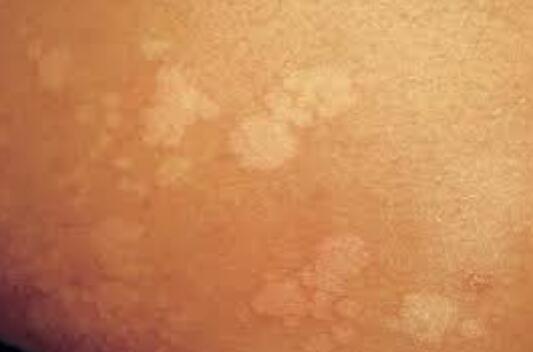
Idiopathic guttate hypomelanosis (IGH) is a skin condition that causes white spots to appear on the skin. It is most common in people over 40 and is seen more often in people with lighter skin tones.
The white spots are usually a few millimeters in size and can be found on the arms, legs, and trunk. They are flat and have smooth surfaces that can sometimes be scaly.
The cause of IGH is unknown, but it is believed to be due to an overproduction of pigment in the skin. In some cases, it can be related to an underlying medical condition such as diabetes or an autoimmune disorder.
Treatment is not usually necessary, but sun protection is recommended to prevent the spots from becoming darker.
7. Nutritional Deficiencies
Nutritional deficiencies can cause white spots on the skin. These spots can be due to a lack of vitamins and minerals, such as vitamin B12, folate, vitamin C, and zinc. Inadequate levels of these nutrients can lead to increased keratin or a protein found in the skin, which causes the spots.
In some cases, white spots on the skin can be caused by a lack of protein. Protein deficiency can lead to reduced collagen production, resulting in pale skin, spots, and other discoloration.
Vitamin D deficiency can also lead to white spots on the skin. This vitamin is essential for healthy bones and skin. When levels are low, the skin may become pale and lose its natural color. Eating a balanced diet and taking a multivitamin can help prevent nutritional deficiencies and associated skin problems.
8. Sunspots
Sunspots are caused by an overproduction of melanin, the pigment that gives our skin its color. The spots can appear on any part of the body but are most common on the face, neck, chest, arms, and hands.
Sunspots appear as white or silvery-white patches of skin. They may be smooth or slightly raised and range in size from a few millimeters to several centimeters. These spots typically don’t cause discomfort but can be a cosmetic concern. Sunspots are most common in people with lighter skin but can occur in all skin tones.
Sunspots are usually harmless and don’t need to be treated. The best way to treat sunspots is to prevent them. You can protect your skin by wearing sunscreen on sunny days, avoiding spending too long in the sun and covering parts of your body exposed to the sun.
9. Nevus depigmentosus
Nevus depigmentosus is a white spot or patch of skin with no pigment caused by a lack of melanin. It is usually present at birth and is often found on the face, neck, and upper body.
The spots may be symmetrical or irregular, ranging from a few millimeters to several inches. They are generally painless and do not cause any other symptoms. Treatment is usually unnecessary, but some people may cover the spots with makeup or cosmetics.
10. Mycosis
Mycosis is a type of fungal infection that can cause white spots on the skin. It is usually caused by a fungus called dermatophytes in warm, moist areas such as showers, pools, and locker rooms.
These fungi can also be spread by direct contact with an infected person. Symptoms of mycosis include white, scaly patches on the skin, which may be itchy or painful.
In some cases, blisters may also form. Treatment for mycosis will depend on the type of fungus causing the infection but typically involves antifungal creams or ointments. In more severe cases, oral antifungal medication may be prescribed.
11. Tuberous sclerosis
Tuberous Sclerosis is a rare genetic disorder that affects the skin, brain, heart, and other organs. It is caused by a mutation in either of two genes, one responsible for producing certain proteins.
Symptoms of the disorder include white spots on the skin, seizures, mental retardation, developmental delays, and benign tumors. Other skin abnormalities associated with tuberous sclerosis include facial angiofibroma, hypopigmented macules, and shagreen patches.
Treatment for tuberous sclerosis can include medication, surgery, and other therapies to manage symptoms. Early diagnosis and treatment are important for optimal outcomes.
12. Lichen sclerosis
Lichen sclerosis is a skin disorder that causes white spots on the skin. It is more common in women than men. It is often seen on the vulva but may also occur on the penis, upper thighs, abdomen, upper arms, and chest.
The spots may be itchy and may feel sore or tender. They may also scar and cause thinning of the skin. It can sometimes affect the mucous membranes, leading to pain during urination or sexual intercourse.
Treatment options include topical corticosteroids, calcineurin inhibitors, and topical estrogen cream. In severe cases, surgery may be needed to correct the area.
13. Leukoderma
Leukoderma is a skin condition that causes white spots to appear on the skin. It can range from a few small patches to large areas of discoloration.
The spots may be due to a lack of pigment in the skin or tissue buildup. It is not contagious and is not a sign of poor health. It is possible to treat the condition with topical creams and light therapy.
While there is no known cause for leukoderma, it is thought to be related to genetics, sun exposure, and certain medical conditions.
14. Piebaldism
Piebaldism is a genetic condition that causes white spots on the skin. It’s caused by a lack of pigment cells (melanocytes) in certain body areas. It’s usually present at birth and is not life-threatening.
People with piebaldism have white patches of skin ranging from a few spots to large patches of white skin. The white spots may fade with age, and some people may not even notice them.
Treatment for piebaldism is unnecessary, but some people may opt for camouflage makeup or tattooing to hide the white patches. In some cases, surgery may be an option to restore pigment to the affected areas.
When Should You talk to your doctor?
If your white spots itch, cause pain, or spread to other body parts, it could signal an underlying health problem. Make sure you talk to your doctor or a dermatologist immediately.
If your white spots aren’t showing any signs of fading after a few weeks of treatment, or worse, if it keeps reappearing after treatment, make sure you visit your doctor.

